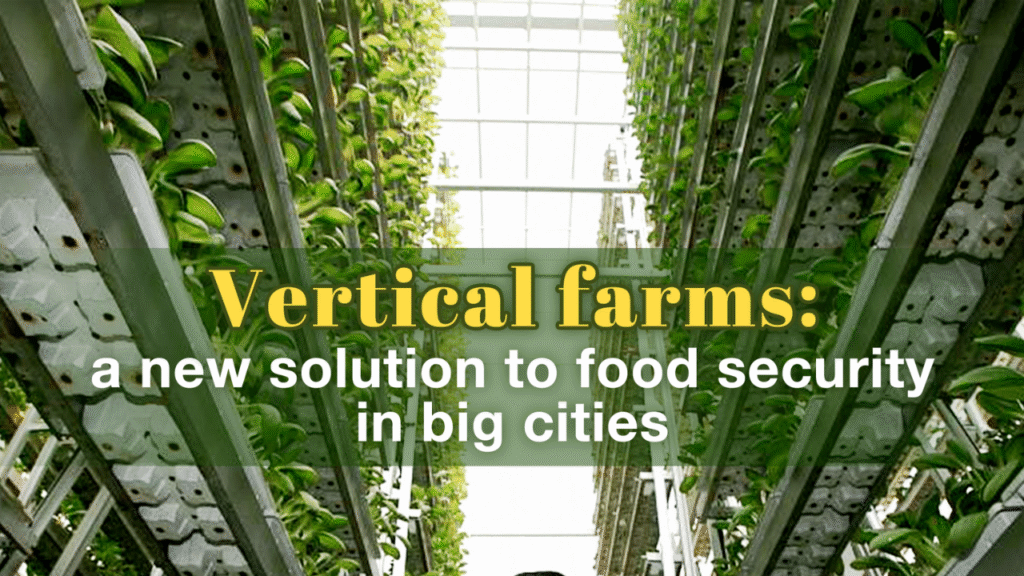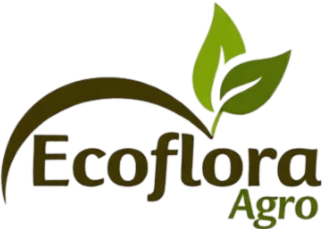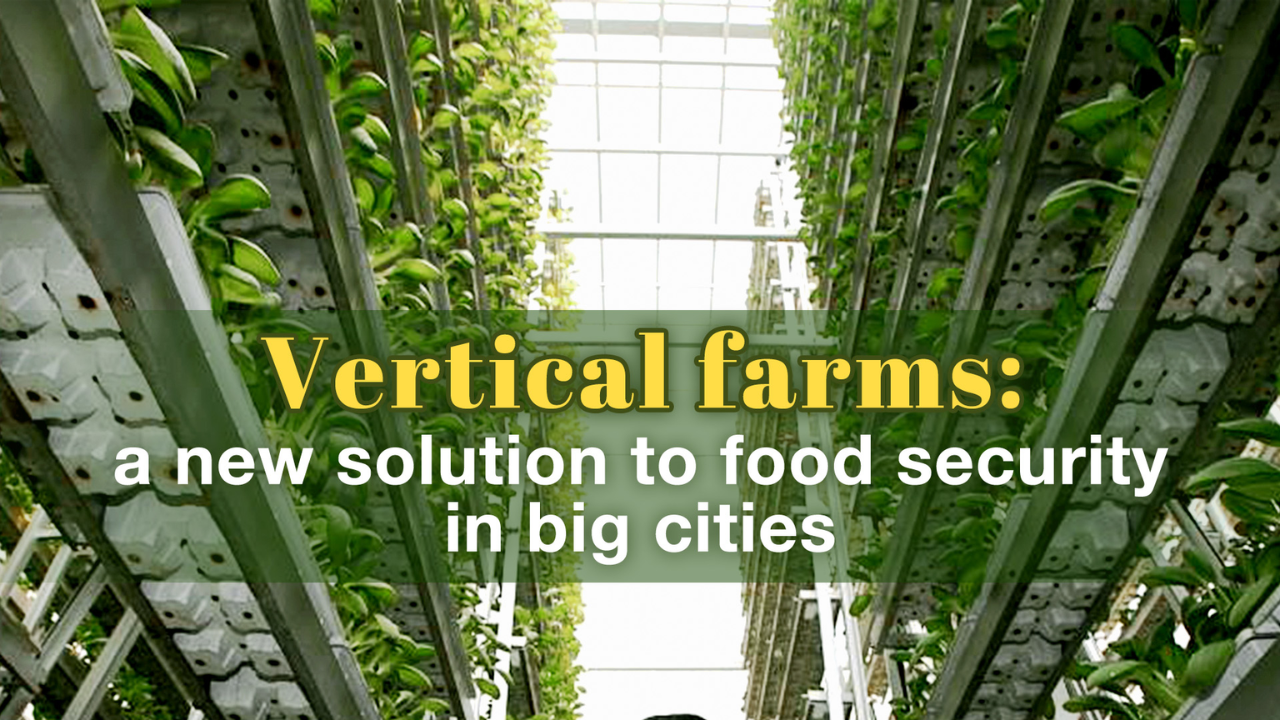
As the world’s cities swell and arable land shrinks, one innovation is growing upward instead of outward — vertical farming. This high-tech method of growing crops in stacked layers, often in urban environments and controlled conditions, is quickly becoming a game-changer for urban food security.
By reducing land use, slashing water consumption, and shortening supply chains, vertical farming offers a promising way to meet the nutritional needs of urban populations — without expanding agricultural land. Here’s a deep dive into how vertical farming works, why it matters, and its growing role in feeding our future cities.
What Is Vertical Farming?
Vertical farming is a technique where crops are cultivated in vertically stacked layers, typically inside buildings, shipping containers, or repurposed warehouses. These farms use soil-less systems such as hydroponics, aeroponics, or aquaponics, combined with artificial lighting (usually LED), climate control, and smart technologies.
Key Characteristics:
- Space-efficient: Uses less than 1% of the land of traditional farms
- Year-round cultivation regardless of season
- Localized food production close to consumers
- Minimal chemical inputs and lower water use
How Vertical Farming Strengthens Urban Food Security
| Factor | Role in Enhancing Food Security |
|---|---|
| Land Efficiency | Grows more per square meter in limited urban spaces |
| Climate Independence | Not affected by droughts, floods, or outdoor pests |
| Reduced Supply Chains | Fresher food with fewer miles traveled, lowering emissions |
| Nutritional Control | Ability to grow high-quality, pesticide-free, nutrient-dense crops |
| Rapid Growth Cycles | Optimized environments accelerate plant growth for higher throughput |
Advantages Over Traditional Farming
1. Higher Yields Per Square Meter
Crops can be grown in multiple stacked layers, increasing productivity even in small areas.
2. Water Efficiency
Hydroponic systems in vertical farms use up to 90–95% less water than conventional field farming.
3. Controlled Environments
Climate, light, and nutrients are precisely regulated, ensuring optimal plant health and consistency.
4. No Pesticides Needed
Closed systems minimize pest intrusion, reducing or eliminating the need for chemical pesticides.
5. Proximity to Urban Markets
By growing crops inside or near cities, vertical farms reduce food transportation time and spoilage.
Key Technologies Powering Vertical Farming
| Technology | Function |
|---|---|
| LED Grow Lights | Mimic sunlight to optimize photosynthesis with minimal energy |
| Hydroponics | Nutrient-rich water solution replaces soil for efficient growth |
| IoT Sensors | Monitor temperature, humidity, pH, and nutrient levels in real-time |
| AI Algorithms | Adjust lighting, watering, and nutrition based on plant data |
| Climate Control | Maintains stable conditions regardless of external weather |
Real-World Applications in Urban Areas
| City | Vertical Farming Project | Impact on Food Security |
|---|---|---|
| Singapore | Sky Greens | Provides leafy greens to local markets year-round |
| New York, USA | Bowery Farming | Reduces fresh produce dependence on imports |
| Dubai, UAE | Emirates Vertical Farm | Supplies pesticide-free greens to Emirates Airlines |
| Tokyo, Japan | Mirai Factory | Produces 10,000 heads of lettuce daily with less water |
| Paris, France | Agricool (in containers) | Uses recycled containers to grow strawberries & herbs |
Challenges and Limitations
While vertical farming offers many benefits, there are hurdles to overcome:
- High Energy Costs: Artificial lighting and climate control require significant power.
- Capital Investment: Initial setup costs are steep, especially for high-tech automation.
- Crop Limitation: Best suited for leafy greens, herbs, and some fruits — not staple grains.
- Skilled Labor: Requires expertise in plant science, technology, and system maintenance.
Policy and Urban Planning Integration
To maximize the benefits of vertical farming, cities must support it through:
- Zoning laws that allow farming in urban buildings
- Incentives for renewable energy use in farm systems
- Public-private partnerships to scale access in underserved areas
- Education and training for young farmers and tech operators
Overview Table: Why Vertical Farming Matters for Cities
| Area of Impact | Benefits Delivered |
|---|---|
| Land Use | Grows more with less space using vertical stacking |
| Food Miles | Eliminates long-distance transportation with local production |
| Water Usage | Uses 90% less water than conventional farming |
| Food Quality | Fresh, nutrient-rich, pesticide-free produce |
| Urban Resilience | Increases local food self-sufficiency and reduces import dependency |
| Scalability | Modular systems can grow from small units to massive commercial farms |
The Future of Vertical Farming in Urban Food Systems
With growing urban populations and increasing pressure on rural agriculture, vertical farming is no longer a niche trend. Cities across the globe are beginning to view these farms as infrastructure for resilience — a reliable way to ensure food access during climate shocks, pandemics, or geopolitical disruptions.
In the coming years, advancements in renewable energy, AI-driven automation, and bioengineering will lower costs and expand the variety of crops grown in vertical systems, making them central to climate-smart, food-secure cities.
Three One-Line FAQs
Q: Can vertical farming replace traditional agriculture?
Not entirely — but it can supplement and localize food production in urban areas.
Q: Is vertical farming profitable?
Yes, especially for high-value crops and when energy-efficient systems are used.
Q: What crops grow best in vertical farms?
Leafy greens, herbs, strawberries, tomatoes, and microgreens thrive in vertical systems.

